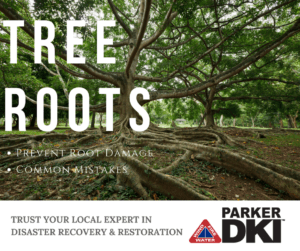Welcome to DKI Parker, where we understand the significance of timely restoration when it comes to safeguarding your property and maximizing your insurance claim benefits. In this blog, we will discuss the crucial aspects of why quick restoration actions are essential and how delays can significantly impact your insurance claim in Windsor Essex County.
Understanding the Restoration Process
Before we dive into the impact of delays, let’s briefly explore the restoration process. When your property suffers damage from water, fire, or other disasters, a prompt response is key. Our team at DKI Parker is well-equipped to handle the restoration process efficiently and effectively.
Rapid Response and Mitigation
Time is of the essence when it comes to property damage. The quicker we can assess and mitigate the damage, the better chance we have of preventing further deterioration. Rapid response not only minimizes the extent of the damage but also helps in preserving valuables and sentimental items.
The Ripple Effect of Delays
Delays in the restoration process can have a cascading effect on both the property and your insurance claim. As time passes, the initial damage can worsen, leading to more extensive repairs and higher restoration costs. Additionally, delays may result in secondary issues such as mold growth, structural damage, and compromised safety.
Impact on Insurance Claim Approval
Insurance companies typically require policyholders to report and mitigate damages promptly. Failure to do so can lead to complications during the claims process. Delays in restoration may raise questions about the validity of the claim, and insurers may be less inclined to approve a claim if they perceive negligence or lack of timely action.
Maximizing Insurance Claim Benefits
Timely restoration not only ensures a smoother claims process but also increases the likelihood of maximizing your insurance benefits. By acting promptly, you demonstrate your commitment to minimizing damage and protecting your property, which can positively influence the outcome of your claim.
In conclusion, the importance of timely restoration cannot be overstated when it comes to safeguarding your property and securing your insurance claim in Ontario. At DKI Parker, we are dedicated to providing quick and effective restoration services to minimize damage and maximize your insurance benefits. Don’t let delays compromise your property and claim – contact us today for a proactive approach to restoration.





 ng on, and children scattered about, it’s important to take extra precaution.
ng on, and children scattered about, it’s important to take extra precaution.